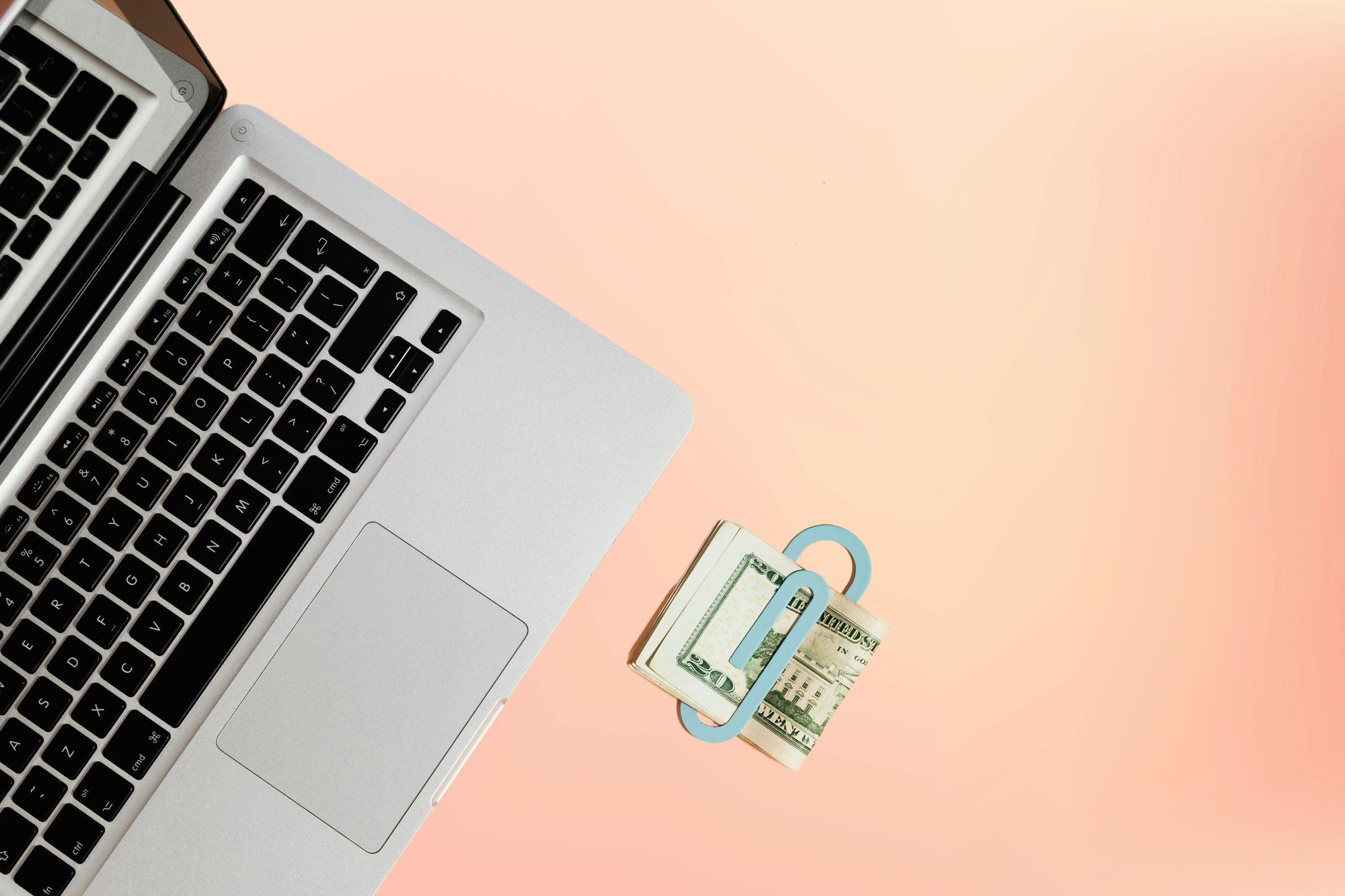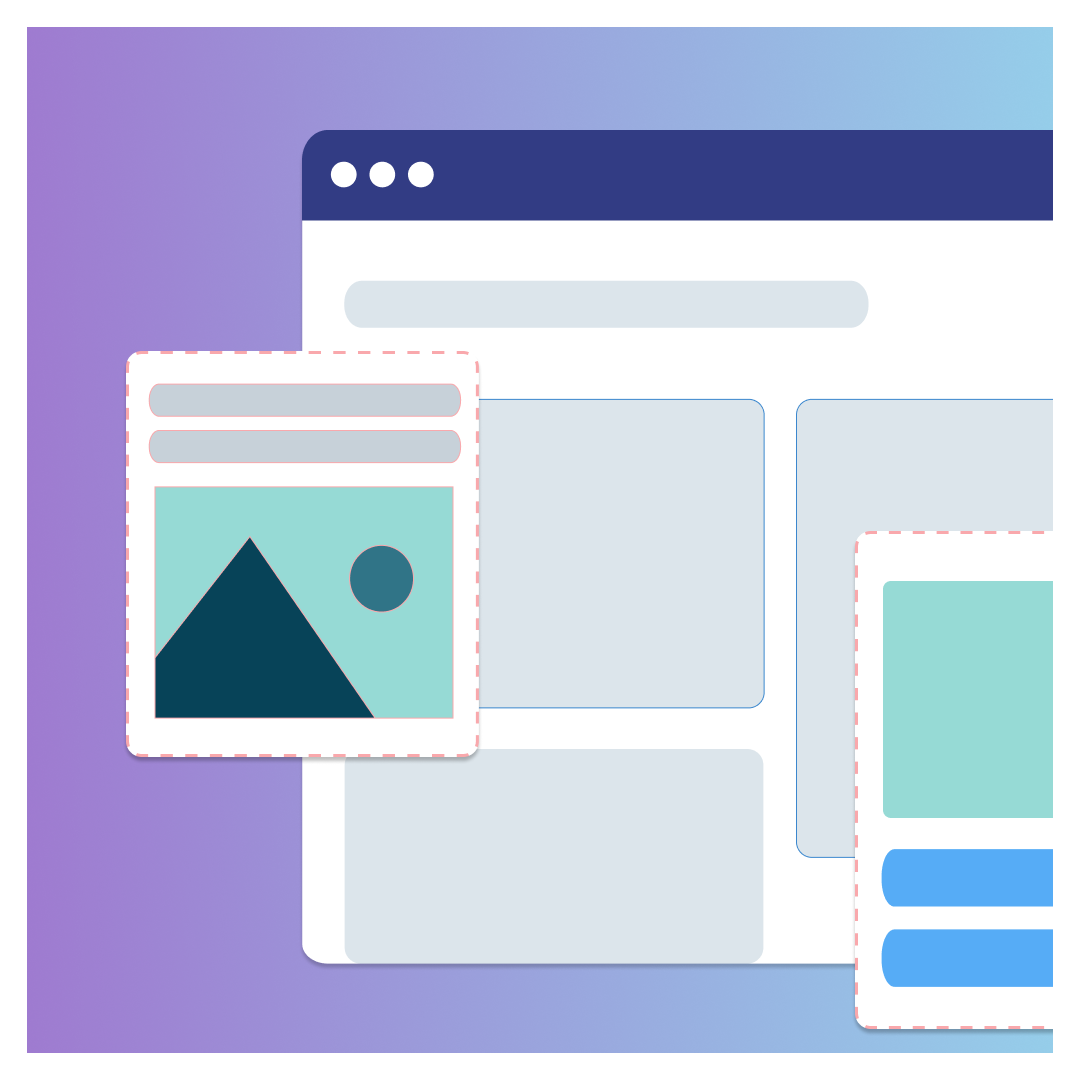Drive user satisfaction on your website with visual design
Attractive design improves perceived usability, enhances user pleasure, and drives positive conversions. Invest in design for better UX.

In the fast-paced business world, companies seek new ways to stand out from the competition and win customer loyalty. A 2022 study published in the Journal of Marketing Management reveals a surprising key to success: the visual design of your website.
Visual design includes color, typography, layout, iconography, and branding. It plays a dual role in user experience, affecting usability and desirability. Visual elements guide and clarify the layout flow and which actions the user should take on the page, enhancing usability. Color and branding elements infuse websites with personality, desirability, and trust.
Colors, fonts, illustrations, and associated brand elements can instill trust and give customers the security they need to decide whether to use or buy from your website. In a Harvard Business Review article, researchers noted that consumers rely on intuition when purchasing a website, and intuition is associated with trust.
Visual websites drive user satisfaction
Researchers from several universities, led by Dr. Eline Jongmans, conducted two experiments to investigate how website visual design affects user experience and business outcomes. Their findings challenge the notion that website functionality is the primary driver of user satisfaction and loyalty.
The researchers found that an attractive website design does more than just please the eye. Their results indicate that visual design enhances the user's perception of the site's usability and increases their overall pleasure in using the website.
This revelation comes when many businesses focus primarily on website functionality, overlooking the powerful impact of aesthetics on user behavior and business success.
How visual design of websites influences desirability
The study proposes a three-step process that explains how visual design influences user behavior:
- Attractive website design improves perceived usability
- Better usability leads to increased pleasure in using the site
- Pleasure drives higher perceived value, intention to reuse the site, and willingness to recommend it to others.
The research shows that usability alone isn't enough to drive these positive outcomes. Good usability and desirability derived from an aesthetically pleasing design make the difference. There’s a term for this: the Aesthetic-Usability effect. In addition to preferring attractive experiences, users are more forgiving of minor usability flaws when using attractive products.

Experiment Design: Comparison of a beautiful website vs Walmart.com
The researchers tested their model using a fictional travel website and real e-commerce sites (Leifshop.com and Walmart.com). The results were consistent across both scenarios, highlighting the real-world application of their findings.
In the case of real e-commerce sites, Leifshop.com, known for its "artful, effortless design," was perceived as more visually attractive than Walmart.com. Walmart.com uses a lot of branding on their site, but focus heavily on ensuring clear functionality and usability rather than rely heavily on aesthetics. This perception translated into higher usability ratings, increased pleasure in using the Leifshop.com site, and more positive user evaluations.
Perception of Difficulty
I’ve experienced the power of visual design over a functional design flow in a real-world scenario. I was observing a usability test with two different customization designs. The first design had an intensive 7-step flow, while the second reduced the steps from 7 to 4. Intuitively, it seems that users would prefer a shorter flow.
They didn’t.
The shorter flow, with only 4 steps, had a very cluttered layout. There was little white space, and the information was condensed, contributing to feeling overwhelmed.
Users preferred the longer 7-step flow over the redesigned 4-step experience. One user’s feedback on the 4-step flow: “This one is simpler but overwhelming. I prefer the other flow.”
The takeaway is that users didn’t like the visual design of the shorter experience, even though they admitted it was a simpler version. It sometimes takes more time to make a design visually appealing, but it’s worth it if you want users to continue using your experience.
What this means for businesses
For companies with a significant online presence, these findings have important implications:
- Invest in Design: Visual design should be considered a primary attribute, not an afterthought. This means allocating resources to professional web design and regularly updating the site's aesthetics to keep up with current trends and user expectations.
- Measure the User Experience: When evaluating user experience, companies should measure both cognitive (usability) and emotional (pleasure) aspects. This could involve implementing more sophisticated measurement tools, such as eye-tracking technology or facial expression analysis, in addition to traditional usability testing.
- Focus on Emotional Impact: While functionality is crucial, remember to underestimate the power of design to evoke positive emotions in users. Consider elements like color schemes, typography, and layout for their visual appeal and emotional impact on users.
- Balance Form and Function: The study emphasizes that good design enhances, rather than replaces, good functionality. Strive for a balance where attractive design supports and enhances the site's usability.
- Consider the First Impression: Given the importance of visual design in shaping user perceptions, businesses should pay special attention to their site's immediate visual impact, particularly on landing pages and key conversion points.
The Bottom Line
As the digital landscape continues to evolve, one thing is clear: beauty isn't just in the eye of the beholder—it's a powerful driver of business success and instilling trust for the consumer.
Companies that recognize and harness visual design's power will have a significant edge in the increasingly competitive online space.
References
Jongmans, E., Jeannot, F., Liang, L., & Dampérat, M. (2022). Impact of website visual design on user experience and evaluation: the sequential mediating roles of usability and pleasure. Journal of Marketing Management, 38(17-18), 2078-2113.
Moran, K., & Nielsen Norman Group. (2014). The Aesthetic-Usability Effect. https://www.nngroup.com/articles/aesthetic-usability-effect/
Neufeld, Derick, and Roghanizad Mahdi. (2018). Research: How Customers Decide Whether to Buy from Your Website https://hbr.org/2018/01/research-how-customers-decide-whether-to-buy-from-your-website
